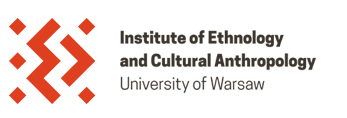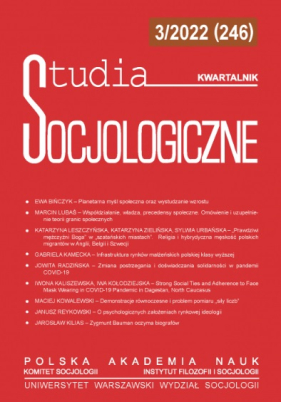Strong Social Ties and Adherence to Face Mask Wearing in COVID-19 Pandemic in Dagestan, North Caucasus
Iwona Kaliszewska, Iwa Kołodziejska: Strong Social Ties and Adherence to Face Mask Wearing in COVID-19 Pandemic in Dagestan, North Caucasus, s. 137–157 (DOI: 10.24425/sts.2022.142637)
Is there a cause-and-effect relationship between the application of the personal protection equipment and strong social ties? We look at face-masks wearing in Dagestan republic in southern Russia. The social context of Covid-19 in Russia has not been exhaustively analyzed yet and medical landscapes in the post-Soviet context differ significantly from the Western models. We believe that such artifacts as face-masks are good for tracing relations between people, the virus, and the state. Contrary to the research based on data from the United States and China, our research reveals that there is not necessarily a cause-and- -effect relationship between mask wearing and strong social ties. Face masks in Dagestan never became embodied artifacts despite strong social ties in the republic. Cultural and political context needs to be considered when thinking about the relationship between the strength of social ties and application of PPE.
Full text [2]

